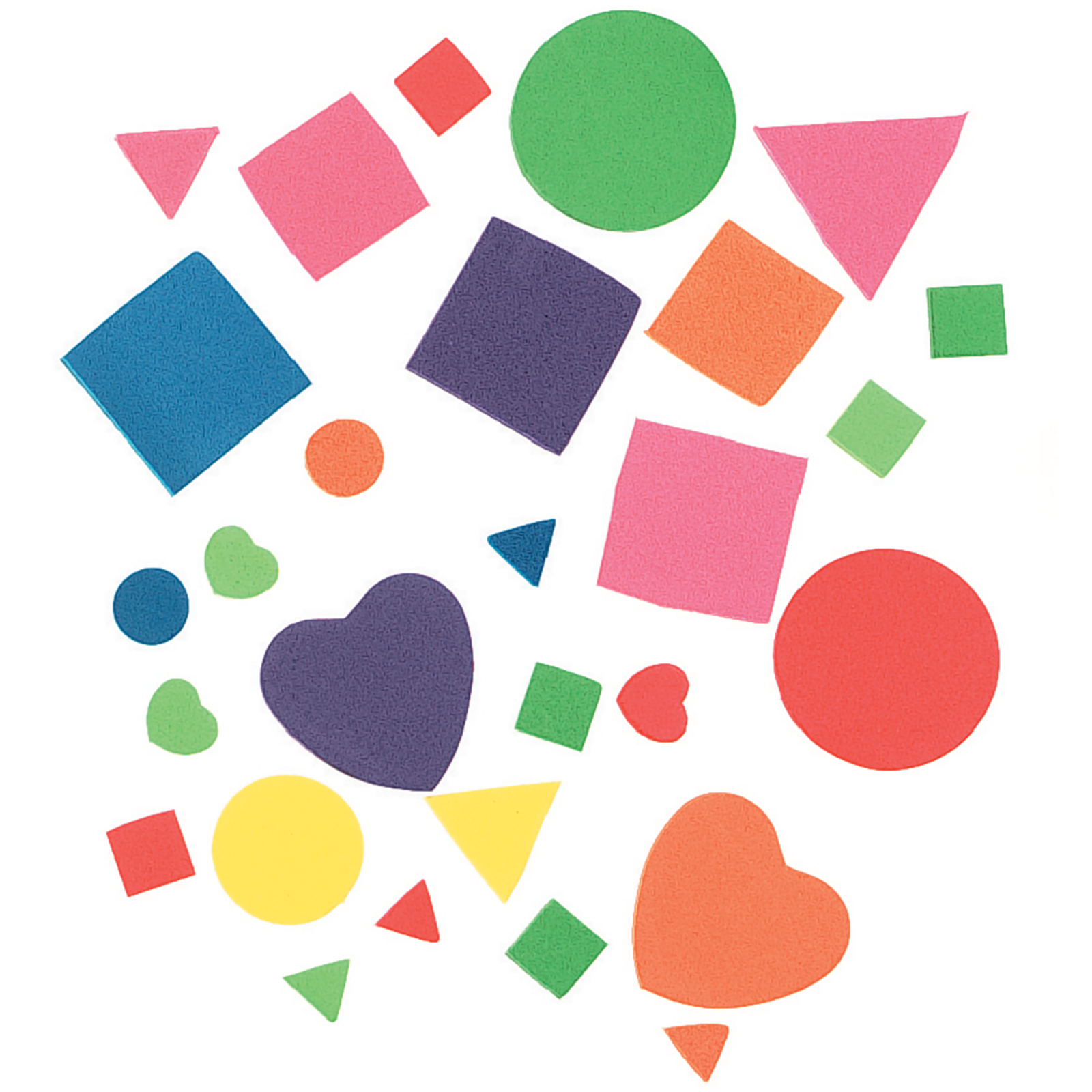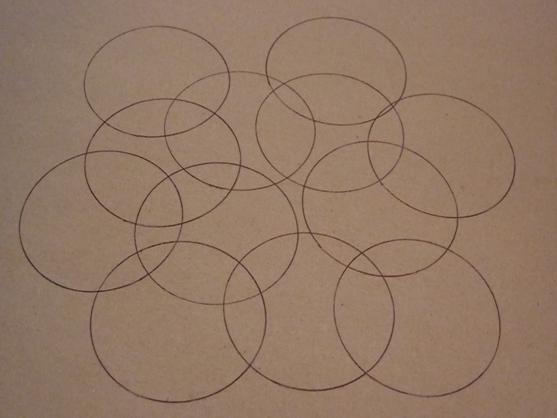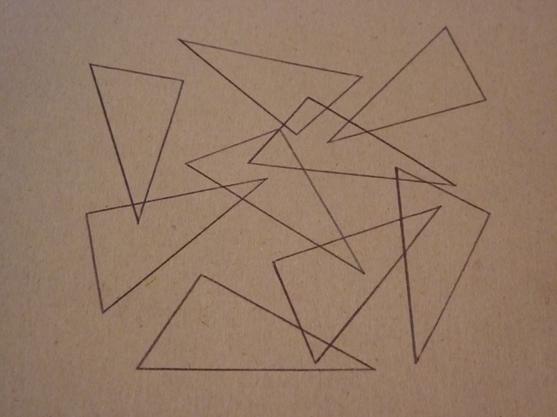
Salty Sam’s Fun Blog for Children
Number 310
Mary Anning
Hello Everyone

Do you love dinosaurs? Bill and Bob do.
We have all known that dinosaurs existed for at least 2,000 years because of the fossils of skeletons that have been found all over the world.
The dinosaur remains that have been found are often put on display in museums around the world too.
One of the favourite places that my nephews Bill and Bob like to visit in London is the Natural History museum. lt is certainly popular with many other children as well.
They like to look at the dinosaurs the most and l think that is true of most other children too from the number of people that are always queuing up to see them!
One thing that they noticed was that in one of the side rooms there was a fossil of a dinosaur skeleton and also a picture of a lady beside it. Most of the other exhibits did not have any pictures beside them.
There is a reason why the picture is there; it is because the lady in the picture was very famous for finding fossils.
The story of her life is very interesting. l thought that you might like to know about it.
lf you don’t know the name Mary Anning, then you might know the tongue-twister poem written about her.
She sells sea shells on the sea shore…
When Mary Anning, the lady in the picture, was a child, nobody even knew much about dinosaurs. But her fossil-hunting helped to change the way people thought about the history of the world.
Mary was born in 1799, in Dorset, in a town by the sea called Lyme Regis. That is a long time ago – over two hundred and twenty years ago.
Lyme Regis is on what we now call the Jurassic Coast.
Storms will cause the cliffs along this coastline to collapse. When they do, fossils from the Jurassic Era, which was 200 million years ago, are released.
Mary Anning was born into a poor family. Her father was a carpenter. There were ten children born into the family but only she and a brother lived to be adults.
A very strange thing happened to her when she was only a baby of fifteen months.
She was being cared for by a friend of her parents at a horse show. A sudden downpour made people run to get out of the rain. The babysitter took Mary and two other children to shelter under an elm tree.
Lightning killed all of them except Mary.
Before this strike, Mary had been a sickly baby, but from then on, she became a healthy, energetic child with a huge determination.
Her parents thought that the lightening had changed Mary somehow.
Mary’s parents belonged to a Congregational Church which, unlike most churches of the time, believed that everyone deserved an education. So Mary was taught to read and write at Sunday school from the age of about eight.
Mary’s father did not make much money. The home that the family rented was so close to the sea that it sometimes flooded in stormy weather.
But he was able to make extra money by selling the fossils that washed into the house with the sea water to tourists visiting the area as souvenirs.
Mary and her brother Joseph often went walking with their father along the base of the local cliffs to find more fossils to sell. This is when her interest for fossil collecting began.
But when Mary was only 11 and Joseph was 14, their father died and the family was left in debt.
The family had to rely on charity to help them survive.
Their mother opened a stall selling fossils to tourists while the two children went searching on the beach for more fossils to sell.
Near the end of 1811, Joseph found the skull of an ichthyosaur and a few months later at only 12 years old Mary found the rest of the skeleton. An ichthyosaur was a dinosaur that lived in the sea.
This was a significant find. They received a lot of money for it but no recognition because they were just poor children. By 1918, the ichthyosaur was on display at the British Museum in London.
Joseph began an apprenticeship as an upholsterer. That is a person who makes soft chairs and sofas. But the family still searched for fossils to try and make more money. lf they could not find fossils for a while, they went hungry.
Fossil hunting could be dangerous if the rocks fell from the cliff.
Mary’s pet dog was killed on one such occasion and Mary had many narrow escapes. You can see her beloved dog in the picture at the top of the page.
Mary read a lot of scientific papers in order to understand more about biology. lt was difficult for her to understand these studies, having had only a basic education, but she was very determined and learned the scientific words she needed to know. She even learned French as well so she could read some important scientific documents that were written in French.
She learned how naturalists made conclusions from what they observed, how museums prepared fossils for display, and she became an expert in removing fossilized bones from the rock in which they were encased and then reconstructing the skeletons by carefully using cement to link the bones together.
ln 1821, Mary’s life took a turn for the better. She managed to find the fossilized skeletons of three ichthyosaurs. The biggest one was 20 feet long. And she now knew how to take good care of them so that they could be preserved and studied properly.
ln 1822, the word palaeontology (meaning the study of fossils) was coined (invented) by Henri de Blainville; and Mary Anning was one of the best palaeontologists around.
She had found one of the finest examples of an ichthyosaur ever found in Europe.
And this time she got proper acclaim for it.
ln December 1823, at the age of 24, Mary made the first ever discovery of a complete Plesiosaurus skeleton. The creature looked so strange to the scientists of the time that some of them declared it a fake.
But in the end they admitted that it was not, and Mary became a famous and admired scientist.
ln 1828, Mary made an amazing discovery. She found an ancient creature which was like a modern day cuttlefish or squid. lt was called Belemnoidea. The ink in the ink bags of the creatures had escaped fossilization and could still be used in pens to write with!
Local artists used the ink to draw pictures of fossils found in the area and sold them to the ever-increasing number of tourists visiting the area.
ln 1824, Mary found some fossilized dinosaur faeces (poo). At the time she did not know what she had found.
But in 1828, she found some more in the insides of ichthyosaurs. When she broke it open she found fish bones and scales left over from what the animal had eaten not long before it died.
Now she knew for sure what the fossilized faeces were because of where she had found some more. The contents of the faeces allowed the scientists to find out more about the diet of these animals.
1828 was a good year for finds, because Mary also found the first flying reptile outside Germany. lt was called a Dimorphodon macronyx.
And in the years that followed Mary found more wonderful fossils and was living a much more comfortable life from the profits of her discoveries.
But she never became rich because of them (partly because she gave so much of her money away). Every time a storm eroded the cliffs there were new possibilities of discoveries.
ln 1830, the geologist Henry la Beche painted the first ever popular picture of prehistoric life based on Mary’s discoveries. This allowed people to see what the skeletons that had been found looked like as living creatures walking the Earth millions of years before.
Christians at that time believed that the world had been created in six days about five thousand years before because it was written in the Bible. Now people began to question this belief. The church Mary belonged to allowed her to have flexible beliefs and she continued to read the Bible.
Mary never married and spent nearly all her life dedicated to her work. She lived in poverty for most of it, giving her money to relations and anyone who needed it. She was very unhappy about the lack of respect and recognition given to her by the male scientists of the time.
Three years after she died the Geological Society paid for a large stained glass window dedicated to her to be placed in the Lyme Regis Parish Church where she was buried.
Several species of ancient creatures were named after her; two of them in her lifetime.
ln 2010, the Royal Society recognized Mary Anning as one of the ten British women who have most influenced the development of science.
She was an early example of how women can make important contributions to the field of scientific study.
She was also a good example of how you can educate yourself, even if you had a poor education as a child – and she didn’t even have YouTube to help her!
Do you want to be a scientist when you grow up?
Bye bye everyone – don’t forget to subscribe to my blog!
lf you like my blog, please support it by telling all your friends and followers about it.
Thank you!
And see you again next Fun Friday!
Love and kisses
Salty Sam

www.christina-sinclair.com


Bill and Bob’s Joke of the Week![]()
![]()
Bob: Do you know the best way to make a call to a T-Rex?
Bill: No, what is the best way to make a call to a T-Rex?
Bob: Long distance!

Salty Sam © Christina Sinclair 2015
Unauthorized use and/or duplication of material from this blog without express and written permission from this blog’s author and owner is strictly prohibited.
Links may be used to www.christina-sinclair.com

Picture Gallery
 Mary Anning was a famous fossil hunter (1799 – 1847)
Mary Anning was a famous fossil hunter (1799 – 1847)
 She found a fossil of a plesiosaur in the Jurassic marine fossil beds at Lyme Regis in Dorset
She found a fossil of a plesiosaur in the Jurassic marine fossil beds at Lyme Regis in Dorset
 Mary Anning’s drawing of her plesiosaur
Mary Anning’s drawing of her plesiosaur
 A plesiosaur looked like this when it was alive in the sea
A plesiosaur looked like this when it was alive in the sea
 An excavation
An excavation
From National Geographic

(Fifteen-year-old Evie Swire campaigned for four years for a statue of Mary to be erected in Lyme Regis and it was unveiled on what would have been her 223rd birthday on 21st May 2022.)

 THE SALTY SAM NEWS DESK
THE SALTY SAM NEWS DESK

This week, Emily wanted to use one of the presents she had had for Christmas.
She thought it was very pretty but she didn’t know how to use it.
It was a plastic ruler that had little shapes cut out of it along its centre.
Emily’s mum gave Emily some paper to draw on.
She told Emily that she needed to carefully draw inside the shapes on the ruler and she would get a perfect circle or square or triangle or hexagon each time.
Emily’s mum suggested that Emily draw lots and lots of the same shapes over a piece of paper interlocking some of their corners or sides. The shapes would then overlap.
She would have a pattern covering the paper.

Then she could colour in the shapes that she had made to make a really interesting work of art.
Emily decided that she liked her triangles picture the best.
She put in her art portfolio.
An art portfolio is a folder full of examples of art work.
NEWSDESK MINIMAKE
SHAPES PICTURES
Take a piece of paper or card.
When you draw around the shape, you must press the object you are drawing around down very firmly so that it does not slip.
Make sure you do not take the object off the paper until you have checked that you pen or pencil has left a mark all the way around the shape. It is unlikely that you will be able to put the shape back in exactly the same place once you have moved it.
When you draw your overlaps, make sure that there will be enough space to colour in.
You don’t have to have a stencil like Emily, you can use other objects like bottle tops.
You can colour the shapes you have made with solid colour or even patterns like dots or mix the two.
You can select a limited palette of colours like yellow, purple and pink or just use every colour you have.



*********************
TO ADVERTISE ON THIS BLOG
PLEASE CONTACT:
christina.sinclair.ads@aol.co.uk
*********************


Quick Quiz
Do you know how to say hello in different languages?
What languages are these?
- Ahoj
- Salut
- Guten Tag
- Ciao
- Hola
- Selam
- Hej
- Tja
- Barev
- Hei
- Hoi
- Aloha
- Ahoy




lt’s the Weekend!

HOW TO MAKE A FLOWER-TOPPED BEANlE
If you like this hat, but are not the kind of person who would want to wear flower on their head, the hat would look very nice without the flower too.
You could knit it in two colours or just one if you preferred.
HAT FOR A LARGE CHILD (KNIT TWO)
Using 3¾mm knitting needles and light blue dk yarn cast on 46 stitches
K3 (p2, k2) repeat the last 4 stitches until you have 3 stitches left on the needle p3
Repeat this row 9 times (10 rows of 2 x 2 rib)
Change to 4mm knitting needles and pale green dk yarn
Increase 2 stitches at the beginning of the next knit row
Increase 1 stitch at the beginning of the next purl row (49 sts)
Sl1 (k1, p1) repeat the last 2 stitches to end
Repeat the last row 59 times (60 rows of moss stitch)
HAT FOR A SMALL CHILD (KNIT TWO)
Using 3¾mm knitting needles and light blue dk yarn cast on 42 stitches
K3 (p2, k2) repeat the last 4 stitches until you have 3 stitches left on the needle p3
Repeat this row 5 times (6 rows of 2 x 2 rib)
Change to 4mm knitting needles and pale green dk yarn
Increase 2 stitches at the beginning of the next knit row
Increase 1 stitch at the beginning of the next purl row (49 sts)
Sl1 (k1, p1) repeat the last 2 stitches to end
Repeat the last row 49 times (50 rows of moss stitch)
FLOWER PETALS (KNIT TEN)
Using 4mm knitting needles and light blue dk yarn cast on 8 stitches
Knit 4 rows of stocking stitch
Decrease 1 stitch at the beginning of every row until you have 1 stitch left on your needles
Cast off
- Sew a pair of petals together along the curved sides using over-sew stitching and right sides together
- Turn the petal the right way out
- Pinch the base of the top together and sew in place
- Sew along the bottom edge
- Sew all the petals together at the bottom corners

FLOWER CENTRE (KNIT ONE)
Using 4mm knitting needles and white dk yarn cast on 50 stitches
Cast off
Curl the knitting into a spiral and sew a length of yarn across it many times to form a solid disc
Sew this into place at the centre of the petals
TO MAKE UP
- Sew up the side seams with right sides together
- Then weave a length of yarn along the top edge of the hat and pull the top into a tight circle
- Sew the crown up
- Sew the flower onto the crown

Please note that the material on this blog is for personal use and for use in classrooms only.
It is a copyright infringement and, therefore, illegal under international law to sell items made with these patterns.
Use of the toys and projects is at your own risk.
©Christina Sinclair Designs 2015


Quick Quiz Answers
- Ahoj – Czech
- Salut – French
- Guten Tag – German
- Ciao – ltalian
- Hola – Spanish
- Selam – Turkish
- Hej – Danish
- Tja – Swedish
- Barev – Armenian
- Hei – Finnish
- Hoi – Dutch
- Aloha – Hawaiian
- Ahoy – pirate 🙂

Did you know that goodbye is short for ‘God be with you’?



Wanted to give you a shout out. Great blog. Thanks for all the hard work to keep us all entertained.
You are very welcome. Thank you for your comment.